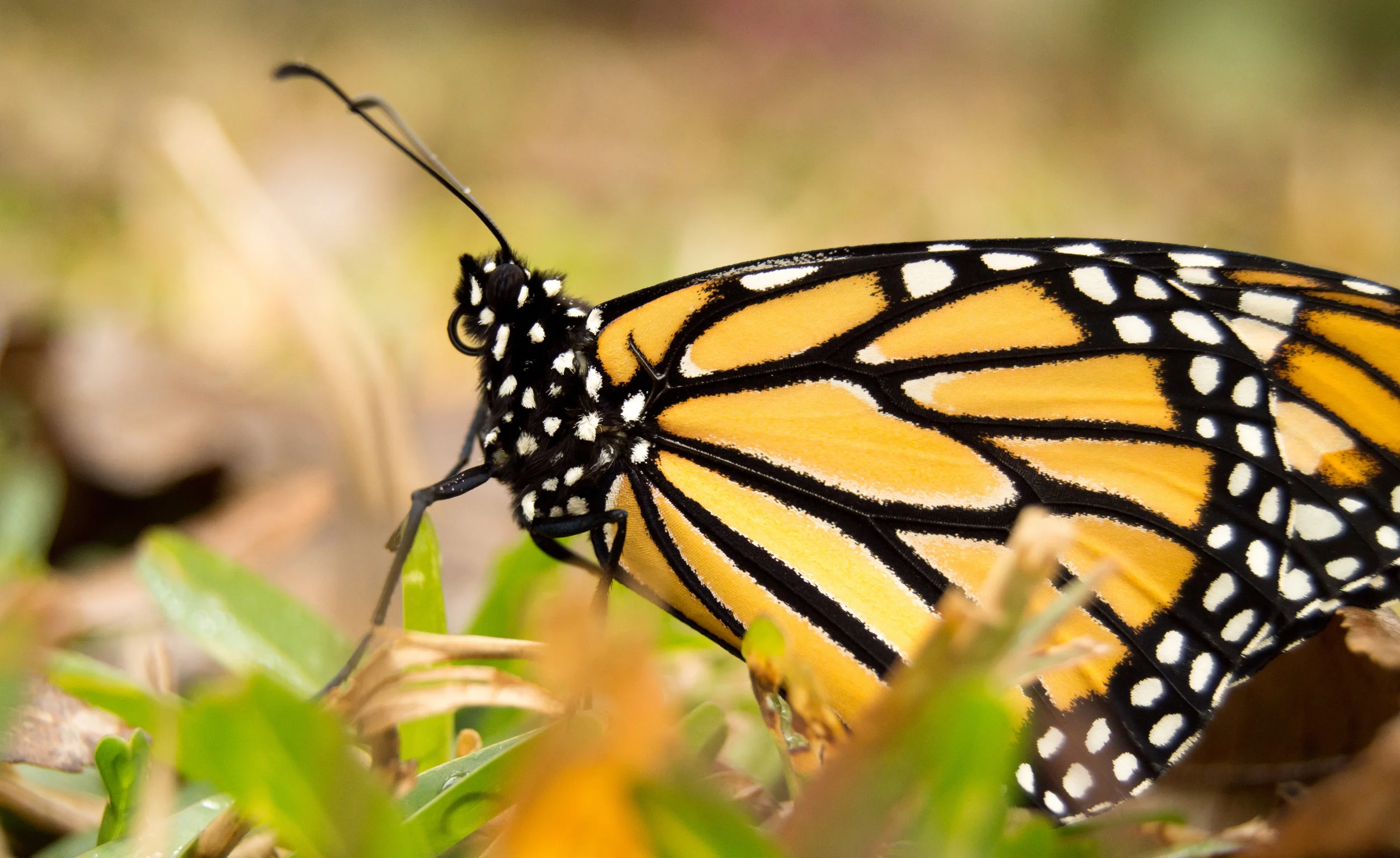Broad Wing Hawk Migration
/On an early morning last spring, I was driving along on Washington Island and a broad-wing hawk broke from his statue-like form on a low branch and cruised beside the road for a moment before disappearing into the woods. Startled and delighted, I continued on and saw eight more hawks in flight or perched along the roadside before I reached my destination. Later, on a walk I saw a hawk swoop down and pick up an unlucky garter snake that had likely just awoken from his winter hibernation. My jaw dropped like a cartoon character. What were the chances? The sight of a raptor catching a snake is marvelous enough to cause the founding of city. It is said the Aztec god of the sun told his wandering people to settle down and build a city when they saw an eagle with a snake in its claws sitting on a cactus. Where they saw this spectacle is now Mexico City. Perhaps what I saw was even more marvelous, for the bird and snake were in midair!
What I didn’t know on that day is that hundreds, perhaps even thousands, of broad-wing hawks had descended on Washington Island as their migration instincts called from northern South American to finding breeding forests in the north. In the days that followed, I saw great numbers hawks flying in large circles high above the Island. I heard many different explanations for these flying formations. My favorite was the birds were promenading to find a date in their avian way. Instead walking around the town square after dinner, these birds promended with the clouds to find a suitable mate for their upcoming breeding season. But in fact, these high laps above the Island help broad-wing hawks to orient themselves and find thermals. They use thermals drafts to give them a boost on their many-mile journeys. Broad-wing hawks are actually not particularly social birds, but they often migrate in groups of several thousand because the best way for these traveling birds to find thermals is by following other like-minded birds. While traveling on thermals and updrafts help the birds conserve energy and fly faster, the air currents do not necessarily track with their ultimate destination, so as the birds head north they are more careful to orient themselves and correct course.
The woods on the Island were laden with hawks. From my kitchen window, I saw another hawk make a meal of sunning snake. It is not marvelous, I realized, to see a snake caught in the talons of a hunter hawk, it just very hawk. Flying, swooping, hunting, catching, eating is what hawks do. Because the hawks had amassed on Washington Island in such great numbers, we land-dwelling humans were outnumbered and therefore momentarily the Island transformed. I no longer saw the Island as human village, but as a hawk’s.
One reason the Island made such a great place for the hawks is because Washington Island well suited for a layover migrating birds. As Kristin Wegner, a director of the Hoy Audubon Society and a guide for Washington Island’s 2019 Birding Festival describes: “Birds that head up the peninsula get ‘funneled’ to the island as they head north, so by the time they get to the island, they might be more concentrated than they would be if they had headed north over the wider part of Wisconsin.” On the island, Wegner explained, there's habitat to feed a variety of birds. “Raptors can hunt, shorebirds can peck for tidbits on the beaches, grassland birds find insects in the fields, and warblers feed up in the trees (and those birds LOVE the huge groups of midges that emerge on the island in May!).” What’s more, the Broad-winged Hawks and other raptors can't catch thermals over open water, making the island “a good staging point and they can follow the other islands north on the way to breeding grounds in Canada.” Migrating birds like the Broad-wing hawk may stop on the Island for a couple of days days to whole week depending on weather conditions and how much they need eat in preparation for the next flight.
For a few days when the Broad-wing hawks visited us, I was able to see field and forest from a hawk’s perspective — branches for alighting, colors for blending, winds for soaring, snakes and mice for eating, the northern horizon for traveling. As I learn more and more about birds and their behaviors, the more the landscape unlocks before my eyes.

